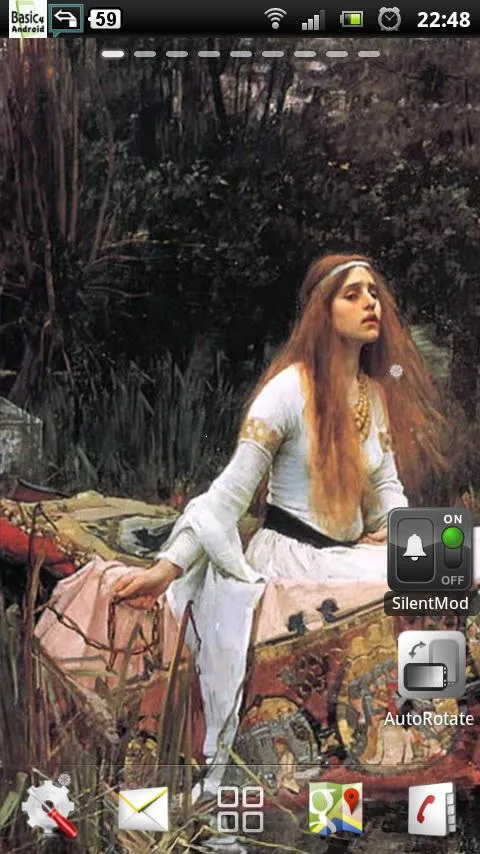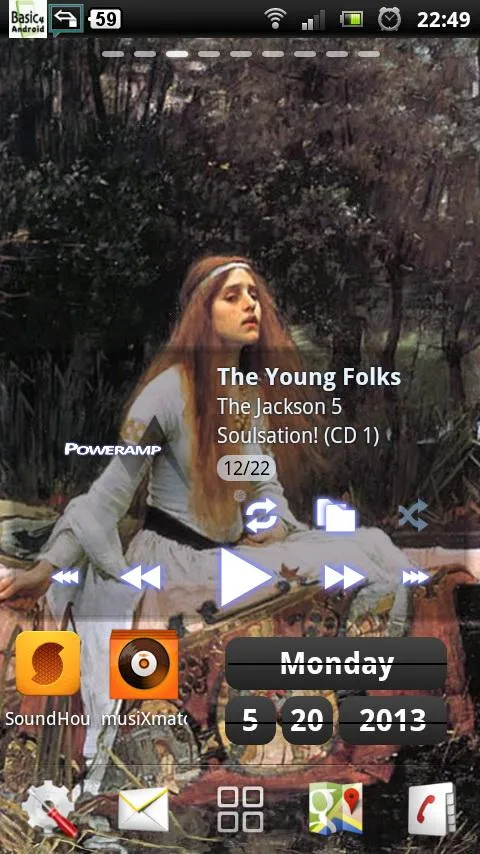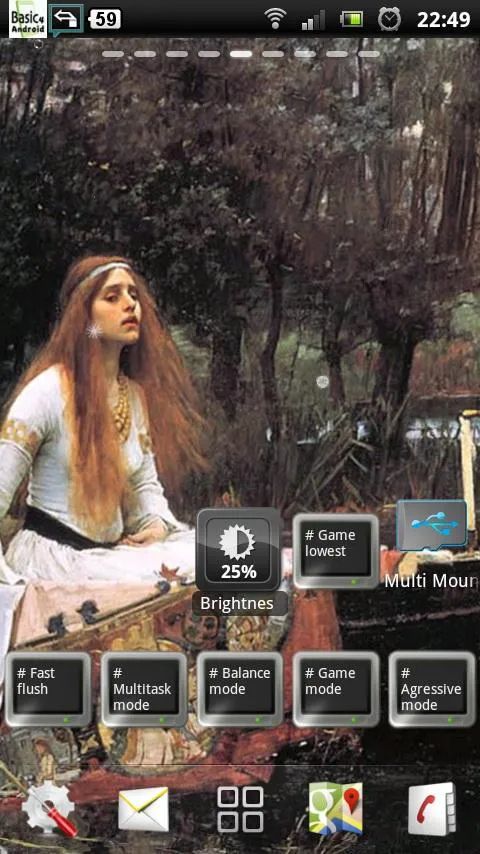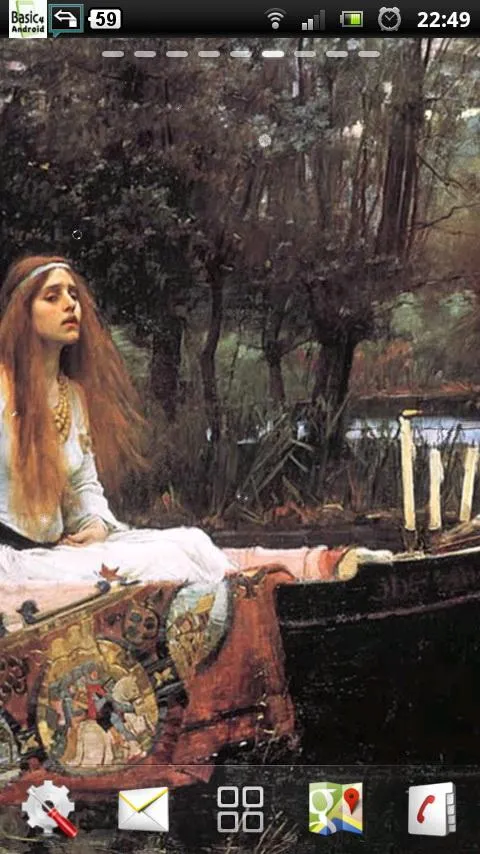painting girl wallpaper
lady-of-the-lake-painting
About App
feel and watch the illustration from lady of the lake your android screen. lady of the lake is a scenery live wallpaper featuring a retina wallpapers of paiting called the lady of shalott by john william waterhouse. the lady of shalott is an 1888 oil-on-canvas painting by the english pre-raphaelite painter john william waterhouse. get this painting wallpaper now. the work is a representation of a scene lord alfred tennyson's 1832 poem of the same name, in which the poet describes the plight of a young woman (loosely based on elaine of astolat, who yearned with an unrequited love for the knight sir lancelot) isolated under an undisclosed curse in a tower near king arthur's camelot. waterhouse painted three different versions of this character, in 1888, 1894 and 1916. according to legend, the lady of shalott was forbidden to look directly at reality or the outside world; instead she was doomed to view the world through a mirror, and weave what she saw into tapestry. her despair was heightened when she saw loving couples entwined in the far distance, and she spent her days and nights aching for a return to normality.
one day the lady saw sir lancelot passing on his way in the reflection of the mirror, and dared to look out at camelot, bringing about a curse. the lady escaped by boat during an autumn storm, inscribing the lady of shalott on the prow. as she sailed towards camelot and certain death, she sang a lament. her frozen body was found shortly afterwards by the knights and ladies of camelot, one of whom is lancelot, who prayed to god to have mercy on her soul. the tapestry she wove during her imprisonment was found draped over the side of the boat. although the painting is typically pre-raphaelite in composition and tone, its central framing, as well as the linear echoes between the leaves of the overhanging trees and the hair and creases of the lady's dress and tapestry, betray formal and spatial elements borrowed the earlier neo-classical style. it is typically pre-raphaelite in that it illustrates a vulnerable and doomed woman and is bathed in natural early-evening light. the lady is portrayed staring away the crucifix, which sits beside three candles. during the late nineteenth century, candles were often used to symbolise life: in this image, two have blown out.
Developer info

































